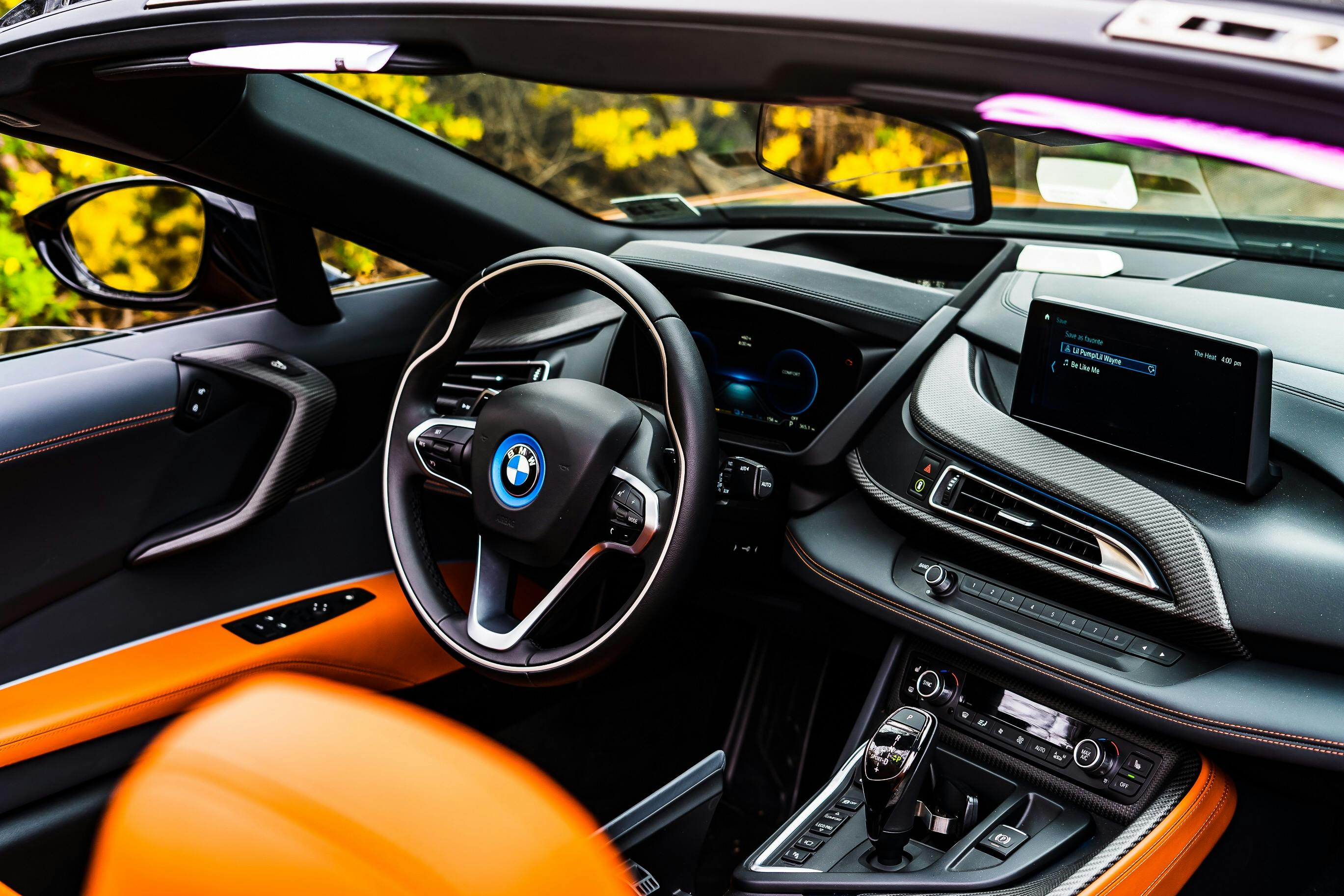Cloudy rusty headlamp – Restoring it yourself with a high speed rotating device and a soft touch
A plastic headlight lens oxidized by the sun’s rays is common in older vehicles and those that are left outside continuously. The degree of oxidation can vary from a light film to a dense irregular one. Mine was crispy and thick, and was turning yellow in places. I couldn’t see the headlight bulb behind the clear lens. Consequently, her nighttime lighting was compromised, making her a safety hazard.
Replacing this lens is expensive, around $ 200. It was much cheaper and easier to fix myself with a $ 10 restoration kit and rotary tool. Here is how.
Used store bought restoration kit ($ 10 or less)
- 4 ounces heavy burnishing liquid
- 4 oz spray lubricant (treated water)
- 3 polishing pads (2 “x 2” square) of different fine grains
- 1 sealed liquid wax wipe
- 1 thin plastic glove
Additional elements used
- one inch wide roll of masking tape
- heavy duty rubber gloves
- rag application
- cleaning cloth or towel
- safety glasses or goggles (splashing occurs)
- circulation fan, if done indoors
- 1 hand-held rotary device (Dremel type), 5000 rpm or less
- 1 rotary polishing attachment with 2 rotary felt damping pads attached to its stem (pads are 1/4 “thick, 1” diameter wheels each)
Procedure
Warning! This high speed polishing step should be done with a very light / soft touch, otherwise it will melt or score the plastic surface of the lens. Keep the outer rolling surface of the felt pads flat against the lens when you touch it. Or, if you think it can’t be done this way, use a hand drill polishing accessory (1500rpm) instead, or do it by hand.
- Clean the surface of the headlight.
- Tape the painted metal edges around it.
- Put on the rubber gloves.
- Using a small cloth, apply the thick burnishing liquid to the cloudy part of the lens.
- With the rotary tool set to its slowest speed (# 1), lightly buff the cloudy portion of the lens with continuous, contiguous back and forth motions. Move the roller side of the felt pads steadily both horizontally and vertically across the lens surface, slightly. Tip: take your time. This method is much faster than doing it by hand.
- To keep thick liquid moist, spray it occasionally with lubricant.
- After 2-3 full passes over the cloudy area, wipe the lens with a large cloth or towel. Check the progress.
- As needed, repeat steps 4 through 7 until the lens is sufficiently restored to safely pass the front lighting. Tip: Get out while you’re ahead. Try not to make the lens look new again. Small amounts of cloudiness may still remain when basic restoration is performed.
- Rinse and clean the lens with a cloth.
- Apply two coats of liquid wax and allow to dry for 24 hours.
The smooth, half-inch thick rotating surface of the felt pads is small compared to the wider surfaces of the hand drill polishing attachment or hand scrub pads. However, its speed makes up for it by effectively removing the oxidation film little by little.
Also, finely engineered polishing fluid from a commercial kit is probably the best type to use with a high-speed rotary device. Now I can get a good look at my headlight bulb in its hole behind the restored lens. For more information on how to restore headlight surfaces, see this website.
